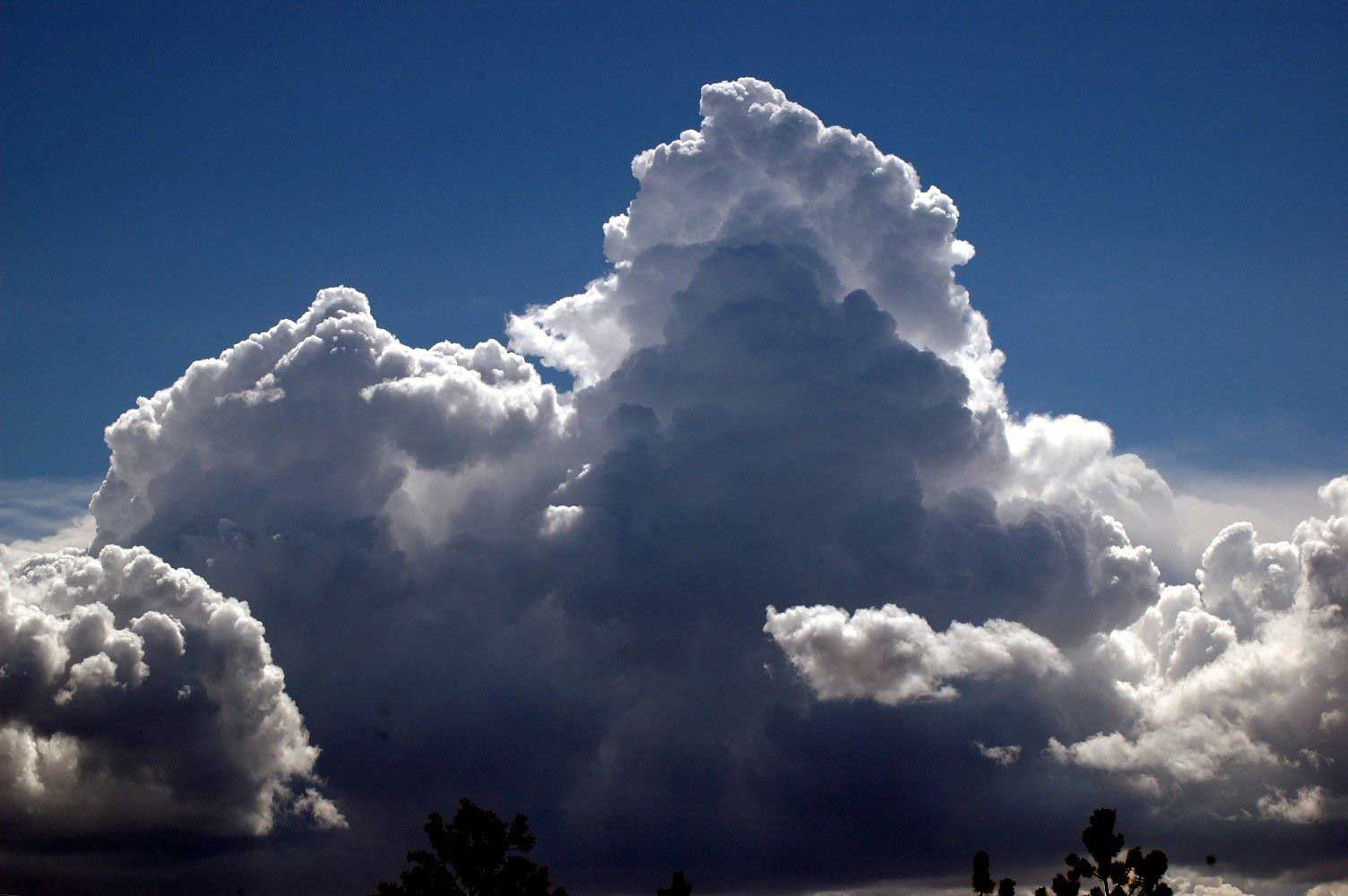Atmospheric Processes
Atmospheric processes play important roles in shaping the Earth’s energy and water cycles. With the help of numerical models, observations and theories, GFDL scientists conduct cutting-edge research to advance the fundamental understanding of atmospheric processes in governing climate variability and change, with the goal of developing more accurate representations of them in climate models. This work makes it possible to quantify the key characteristics of natural and anthropogenic perturbations to the climate system (such as greenhouse gases, aerosols, land use, volcanoes and solar radiation), and to elucidate the mechanisms through which these perturbations influence global and regional climate.
Aerosols and Climate
The air we breathe contains a variety of pollutants. These gaseous and aerosol (particle) pollutants, resulting from fuel combustion and other anthropogenic activities, may be harmful to public health, vegetation, and the environment. Air pollution can also reduce visibility and influence climate. The lifetimes of air pollutants in the troposphere range from minutes to hours at the surface, and days to weeks in the free troposphere. Therefore, pollutant concentrations measured at a surface site are affected by natural as well as human-induced emissions on the local, regional, and hemispheric scale.
Clouds and Convection

The lifetime of air pollutants in the troposphere ranges from minutes to hours at the surface, and days to weeks in the free troposphere. Therefore, natural as well as human-induced emissions can influence atmospheric composition on local, regional, and even hemispheric scales. Weather events that influence chemical formation and transport pathways can vary according to climate variability and change. “Good” ozone from the stratosphere can be transported down into the troposphere, even raising “bad” ozone levels in surface air.
Mineral Dust Cycle
Atmospheric radiative transfer is the science of understanding how electromagnetic radiation emitted by both the Sun and Earth interacts with the gases, clouds and particles making up our atmosphere. The changes in energy due to these interactions are responsible for many variations in temperature and weather that we experience in everyday life. For example, cloudy nights are normally warmer than clear nights because of radiative transfer processes, with the nighttime clouds reducing the energy lost to space by the surface of the planet.
Radiative Forcings

Tropospheric chemistry plays a critical role in perturbing the climate by controlling the abundance and distribution of a number of short-lived air pollutants, including methane, tropospheric ozone, and aerosols. The spatial and temporal distribution of these air pollutants, relevant for surface air quality, depends on direct emissions from natural sources and anthropogenic activities, chemical processes, atmospheric long-range transport, and climate variables such as temperature and humidity.


